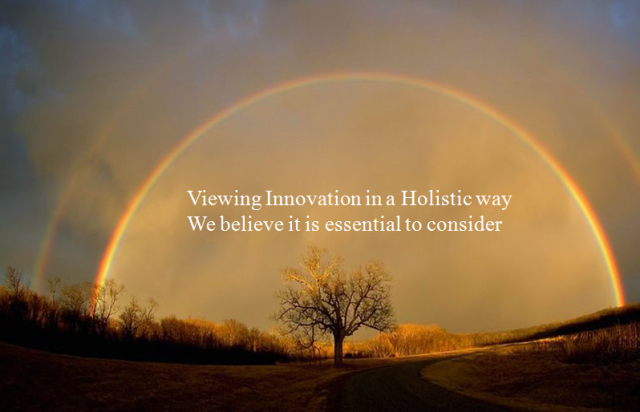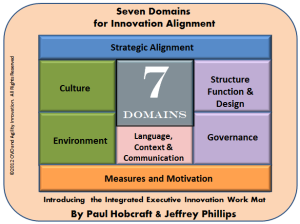Last week I was driving home after a round trip of 700 kilometres and as I got caught up in some evening traffic, the sun and the rain played that magical trick of offering up a rainbow to the ones in that right position to see it.
There was the actual end of a rainbow for us to see and it triggered two thoughts – the mythical pot of gold if you actually get at the rainbows end, and then my later thought “innovation is actually like a rainbow in so many ways”
The Rainbow Effect
They tell us you can never reach the end of the rainbow because the rainbow is a little like an optical illusion. The rainbow is formed because the actual raindrops act like thousands of little prisms that refract and reflect the sunlight towards you. So when the sun combines and those millions of raindrops have this light hitting them and split the colours for your eyes to see the effect.
Even when you change your position, the angles change and you see the rainbow at new angles of these little prisms. The ability to see the rainbow is that you have to be always be that certain distance away, even as you try to move towards the rainbow, it stays that distance away from you, so you can never get to the end of that rainbow.
I just think for many of us, that innovation is often just like that! So it got me thinking. Continue reading “Innovation is like a Rainbow”

